Can You Make Your Own Metal Detector ?
Yes, it is possible to make your own metal detector using various materials and components. There are several DIY metal detector projects available online that provide step-by-step instructions on how to build one. These projects typically involve using a coil of wire, a frequency generator, and a receiver circuit to detect metal objects. However, it is important to note that homemade metal detectors may not be as accurate or reliable as commercially available ones. Additionally, building a metal detector requires a good understanding of electronics and circuitry. It is recommended to thoroughly research and follow a reliable guide or seek assistance from experienced individuals to ensure proper functionality and safety.
1、 Principles of Electromagnetic Induction in Metal Detection
Yes, you can make your own metal detector using the principles of electromagnetic induction in metal detection. Metal detectors work based on the concept of electromagnetic induction, which is the process of generating an electric current or voltage in a conductor when it is exposed to a changing magnetic field.
To build a basic metal detector, you would need a coil of wire, a power source, and a circuit to detect the changes in the electromagnetic field. The coil of wire acts as the transmitter and receiver of the electromagnetic field. When a metal object is brought near the coil, it disrupts the electromagnetic field, causing a change in the current or voltage in the coil. This change is detected by the circuit, which then alerts the user of the presence of metal.
There are various resources available online that provide detailed instructions on how to build your own metal detector using simple components. These DIY metal detectors can be a fun and educational project for enthusiasts.
It is important to note that while you can build a basic metal detector using these principles, commercial metal detectors are typically more advanced and sophisticated. They incorporate additional features such as discrimination capabilities to differentiate between different types of metals, ground balance to account for mineralization in the soil, and target identification to provide more accurate information about the detected metal.
In recent years, there have been advancements in metal detection technology, such as the use of digital signal processing and advanced algorithms to improve detection accuracy and reduce false alarms. Additionally, some metal detectors now incorporate wireless connectivity and smartphone integration for enhanced user experience.
Overall, while you can make your own metal detector using the principles of electromagnetic induction, commercial metal detectors offer more advanced features and capabilities.
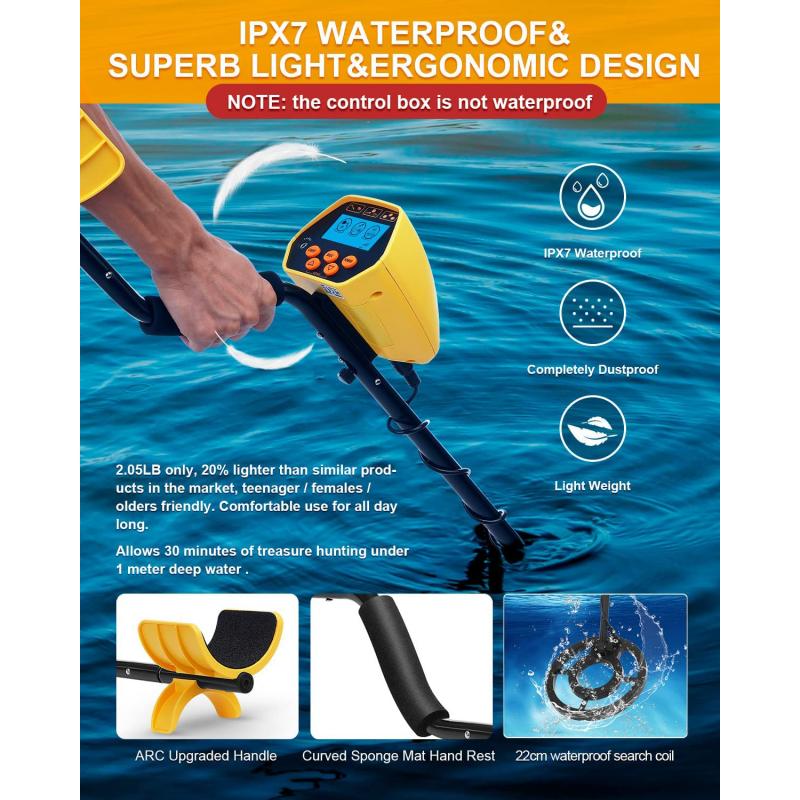
2、 Components and Circuitry for Building a Metal Detector
Yes, you can make your own metal detector. Building a metal detector requires a basic understanding of electronics and some knowledge of circuitry. The components needed for building a metal detector include a search coil, a control box, and a power source.
The search coil is the most important component of a metal detector. It is responsible for detecting the presence of metal objects. The coil is typically made of copper wire wound around a non-metallic frame. The size and shape of the coil can vary depending on the desired sensitivity and target depth.
The control box is where the circuitry and controls are housed. It contains the necessary components to amplify and process the signals received from the search coil. The control box also includes a display or audio output to indicate the presence of metal.
A power source, such as a battery, is required to provide the necessary electrical energy for the metal detector to function. The power source should be chosen based on the power requirements of the circuitry and the desired operating time.
There are various circuit designs available for building a metal detector, ranging from simple to more complex. These circuits typically include components such as capacitors, resistors, transistors, and integrated circuits. The circuitry is responsible for generating and processing the signals received from the search coil.
It is worth noting that building a metal detector from scratch can be a challenging task, especially for beginners. However, there are numerous online resources, tutorials, and DIY kits available that can guide you through the process. Additionally, advancements in technology have made it easier to access and understand the necessary information and components.
In conclusion, with the right knowledge, components, and circuitry, it is possible to build your own metal detector. However, it is important to approach the task with caution and seek guidance if needed.

3、 Coil Design and Optimization for Metal Detection
Yes, you can make your own metal detector. Coil design and optimization play a crucial role in the effectiveness of a metal detector. The coil is the primary component responsible for detecting metal objects by generating and receiving electromagnetic signals.
To design and optimize a coil for metal detection, several factors need to be considered. The size and shape of the coil, as well as the number of turns in the wire, determine the sensitivity and depth of detection. Generally, larger coils provide greater depth but lower sensitivity, while smaller coils offer higher sensitivity but limited depth.
The latest point of view in coil design and optimization involves the use of advanced materials and technologies. For instance, some metal detector enthusiasts are experimenting with superconducting coils, which can offer enhanced sensitivity and reduced power consumption. Additionally, the use of multi-frequency coils allows for better discrimination between different types of metals, improving the accuracy of metal detection.
Coil optimization also involves finding the right balance between the coil's resonant frequency and its bandwidth. A resonant coil can provide higher sensitivity to specific target metals, but it may also be more susceptible to interference from external sources. Therefore, optimizing the coil's frequency response is essential to minimize false signals and maximize detection accuracy.
While designing and optimizing a metal detector coil can be a complex task, there are numerous resources available online that provide guidance and instructions for DIY enthusiasts. These resources often include detailed coil winding techniques, circuit diagrams, and tips for calibration and testing.
In conclusion, with the right knowledge and resources, it is possible to make your own metal detector by designing and optimizing the coil for effective metal detection.

4、 Signal Processing and Discrimination Techniques in Metal Detection
Yes, it is possible to make your own metal detector using signal processing and discrimination techniques. Metal detectors work by generating an electromagnetic field and detecting changes in that field caused by metallic objects. The basic components of a metal detector include a coil, oscillator, and a signal processing circuit.
The coil is responsible for generating the electromagnetic field. When a metallic object comes into the range of the coil, it induces a current in the coil, which is then detected by the oscillator. The oscillator generates a continuous wave signal that is fed into the coil. Any changes in the frequency or amplitude of the signal indicate the presence of a metal object.
Signal processing techniques are used to analyze the received signal and discriminate between different types of metals. This is done by analyzing the characteristics of the induced current, such as its amplitude, phase, and frequency. Different metals have different electrical properties, which result in distinct signatures in the received signal. By comparing these signatures to a database of known metal signatures, the metal detector can determine the type of metal present.
Advancements in signal processing and discrimination techniques have led to improved metal detection capabilities. For example, digital signal processing algorithms can be used to enhance the signal-to-noise ratio and improve the detection sensitivity. Machine learning techniques can also be employed to train the metal detector to recognize specific metal signatures more accurately.
In conclusion, with the right knowledge and components, it is possible to build your own metal detector using signal processing and discrimination techniques. However, it is important to note that commercial metal detectors often incorporate advanced technologies and extensive testing to ensure reliable and accurate detection.
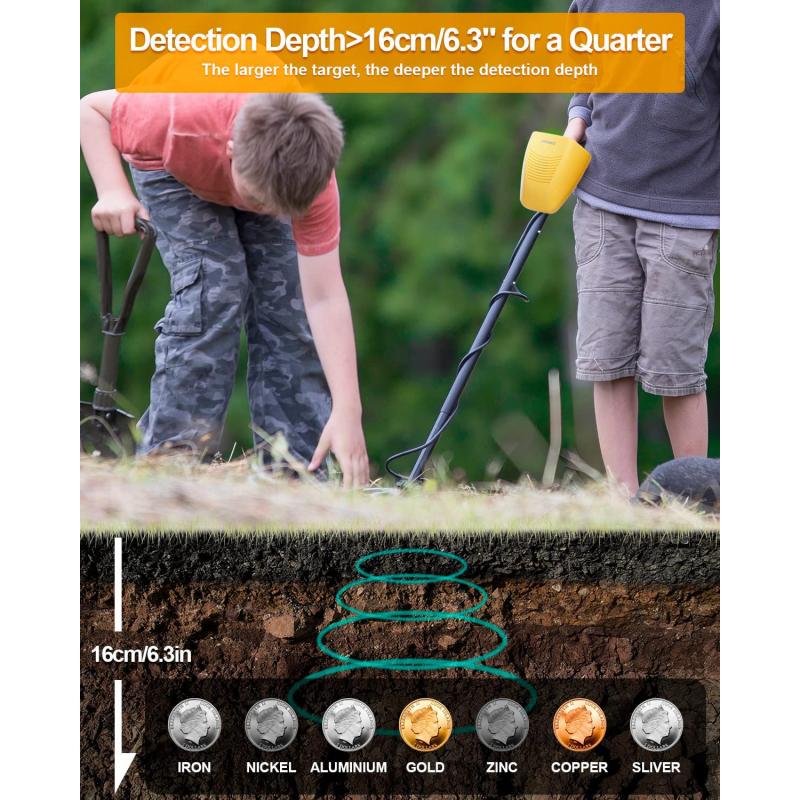

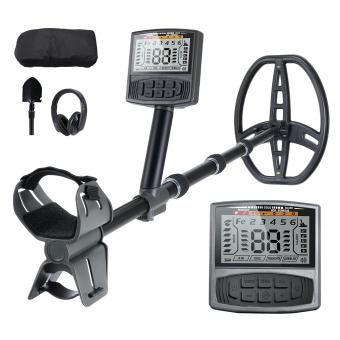
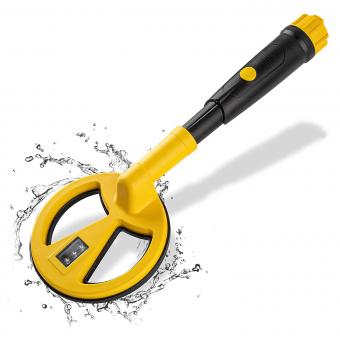

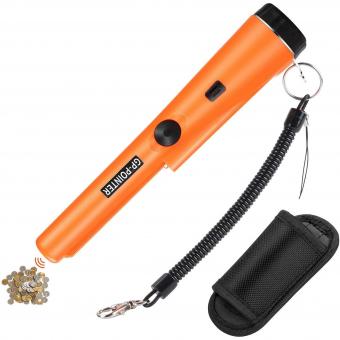
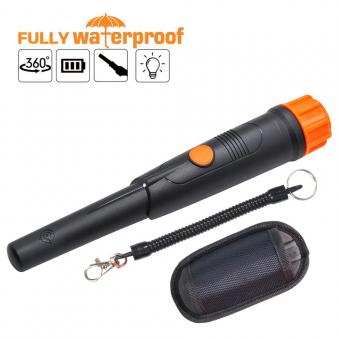
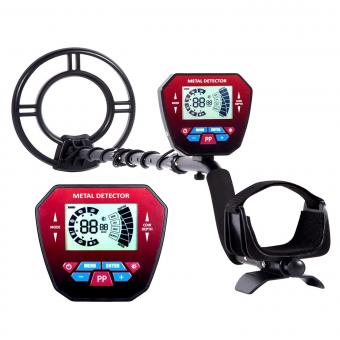
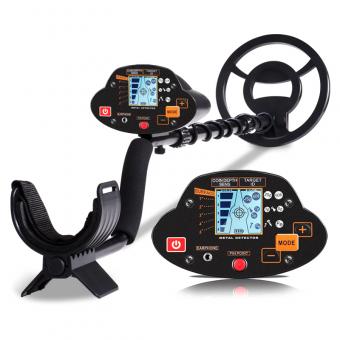

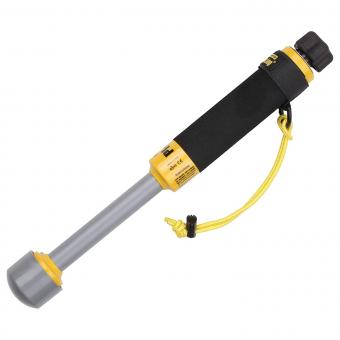









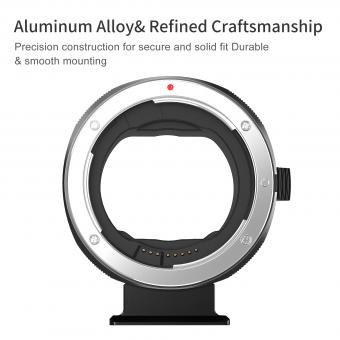

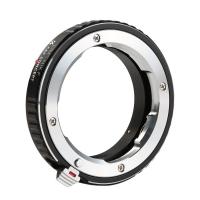
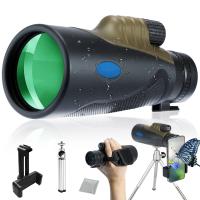
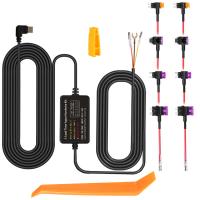

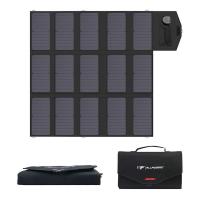


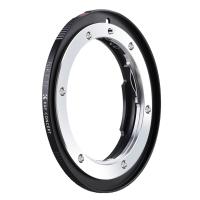
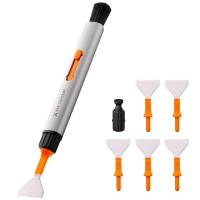

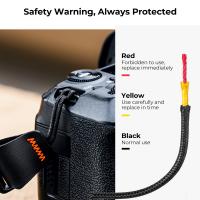
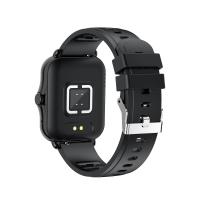

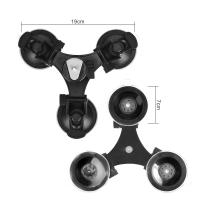
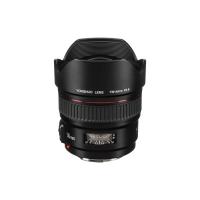



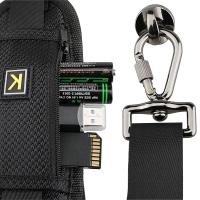

There are no comments for this blog.